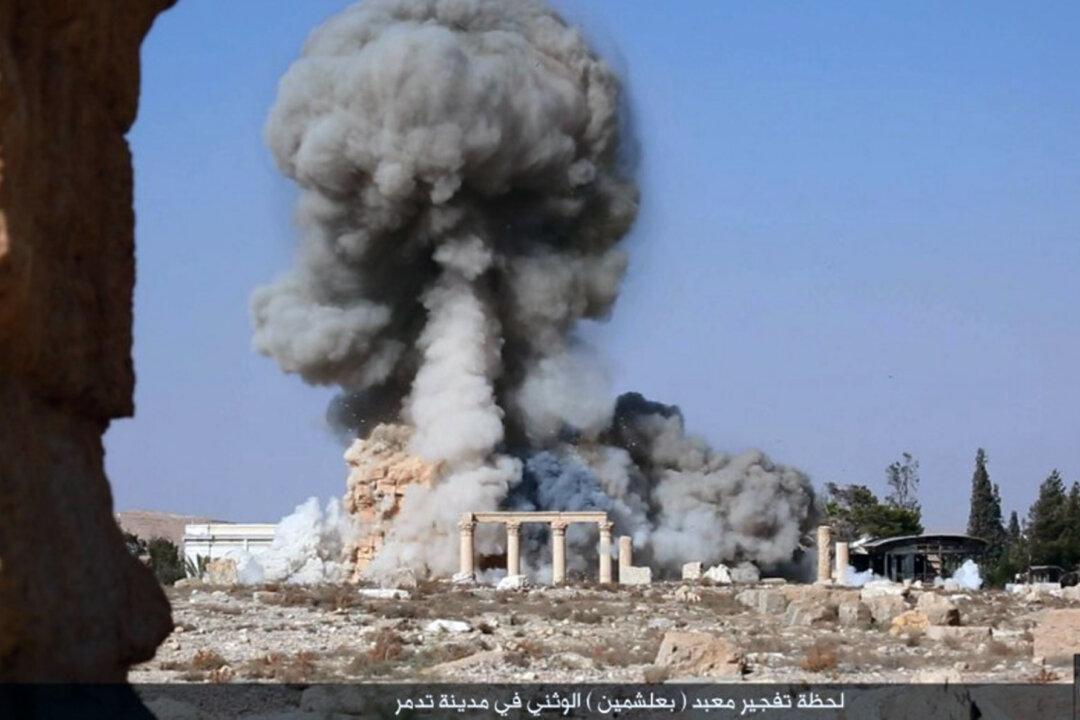As Syrians mark the fifth anniversary of the uprising against President Bashar Assad, here are some of the key events in the conflict:
- March 2011: Protests erupt in the city of Daraa over security forces’ detention of a group of boys accused of painting anti-government graffiti on the walls of their school. On March 15, a protest is held in Damascus’ Old City. On March 18, security forces open fire on a protest in Daraa, killing four people in what activists regard as the first deaths of the uprising. Demonstrations spread, as does the crackdown by Assad’s forces.
- April 2011: Security forces raid a sit-in in Syria’s third-largest city, Homs, where thousands of people tried to create the mood of Cairo’s Tahrir Square, the epicenter of protests against Egypt’s autocrat Hosni Mubarak.
- June 2011: Police and soldiers in Jisr al-Shughour in northeastern Syria join protesters they were ordered to shoot, and the uprising claims control of a town for the first time. Elite government troops, tanks and helicopters retake the town within days.
- August 2011: President Barack Obama calls on Assad to resign and orders Syrian government assets frozen.

Syrian citizens inspect an unexploded barrel of explosives which was dropped from a Syrian forces helicopter, on a street in Aleppo, Syria, on Jan. 19, 2014. AP Photo/Aleppo Media Center, AMC





